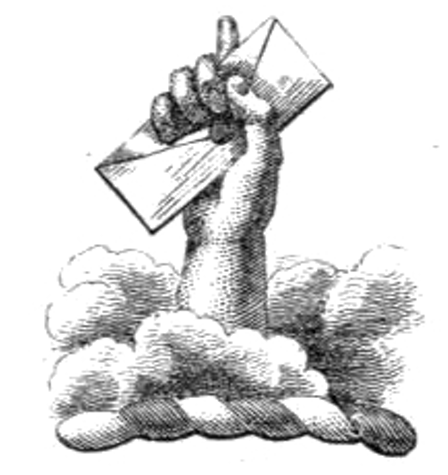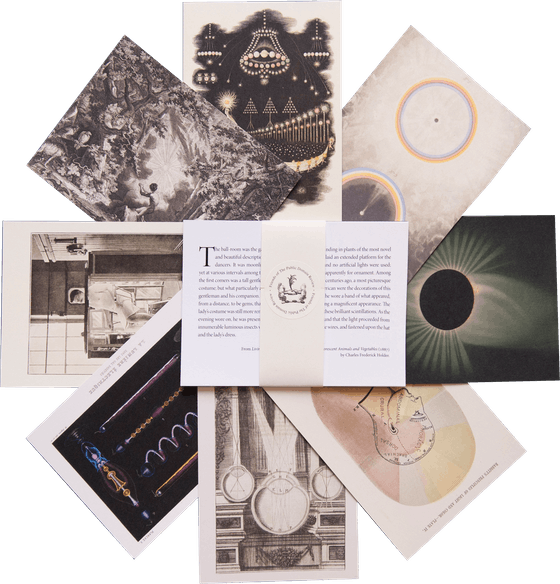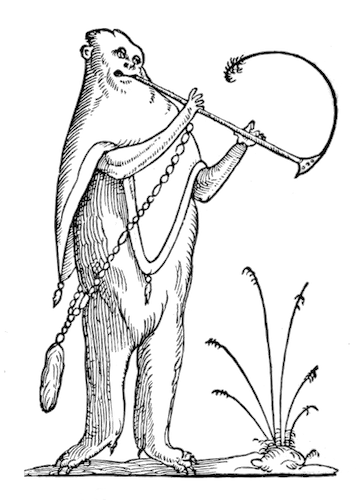
Photographs of the Samaritan Passover on Mount Gerizim (1917)
Men and boys in robes gather at Abraham’s altar, gazing out over a hazy valley, while women kneed a form of matzo on the ground. White, yurt-like huts have been assembled to house humans and sheep. They lay out prayer rugs and bend forward beneath their lord. Soon it will be time for the sacrifice. . .
Taken by American Colony of Jerusalem photographers Lewis Larsson and John D. Whiting in 1917, these photographs document the Samaritan Passover. The ritual follows instructions laid out in Exodus 12: lambs are sacrificed, their flesh eaten after dark with unleavened bread and bitter herbs. Participants in the ritual mark their foreheads with warm blood — in remembrance of how the Israelites marked their doors so that the destroying angel would “pass over” these homes and spare them the deadly fate afforded to the firstborn of Egypt.
While this Passover shares its name with a Jewish holiday, Samaritanism is a distinct Abrahamic religion, which records approximately 6000 differences between their Pentateuch or Torah — written with a distinct Hebrew alphabet — and the Masoretic text that Judaism holds as the most authoritative version of the Hebrew Bible. An indigenous ethnic group, Samaritans consider themselves direct descendants of a tribe of biblical Israelites, who, unlike the Ten Lost Tribes, were not subject to Assyrian resettlement. Rather than Jerusalem, the Samaritans claim Mount Gerizim as the original holy site of the Israelites. According to UNESCO, “the Samaritans on Mount Gerizim represent the smallest, most ancient, living ethnic community in the world, bound together by a profound and rigid religious belief.” Modern-day Samaritans (who number around 900 people, split between the coastal city of Holon in Israel and the occupied West Bank’s Kiryat Luza) can hold both Palestinian and Israeli identity cards, often speak both Arabic and Hebrew, and work freely across the West Bank and Israel.
A selection of these images illustrated an article by Whiting for National Geographic in 1920 — under the title “The Last Israelitish Blood Sacrifice: How the Vanishing Samaritans Celebrate the Passover on the Sacred Mount Gerizim” — when there were even fewer Samaritans than there are today. Once numbering in the millions during the Byzantine era, the nineteenth century saw their population decline to under two hundred, and a 1915 census recorded only ninety-seven men and seventy-one women. In his article, Whiting describes “a dying and almost extinct community . . . whose persistent continuation and literal performance of the Passover Sacrifice have attracted the attention of students for more than three centuries.”
Whiting was one of these students. An active member of the American Samaritan Committee, a missionary organization that provided aid to the group (choosing preservation over proselytization) while also angling after their relics and artefacts, Whiting’s fascination with the Samaritans was part of a larger Holy Land mania, which believed this minority religion might offer unbroken access to the ancient world. In The Innocents Abroad (1869), for example, Mark Twain describes procuring “from the high-priest of this ancient Samaritan community, at great expense, a secret document of still higher antiquity and far more extraordinary interest, which I propose to publish as soon as I have finished translating it.” Whiting’s collaborator, William Eleazer Barton, who cofounded the American Samaritan Committee, told a similar story, about purchasing a Samaritan Pentateuch, which — as The Chicago Tribune would sensationally report — contained a previously unknown biblical verse. Whiting would eventually fall out with the Samaritans: he had led them to believe that the American Samaritan Committee would offer financial support during World War I in exchange for photographs of their sacred Abisha scroll, support that never fully materialized. And Barton, too, revealed his true colors in a 1919 defence of Whiting: “They are a childish people, with a covetousness and quarrelsomeness in their childhood and much has been done in recent months to stir up all manner of misunderstanding and bitterness. I do not wonder that Mr. Whiting is out of patience with them.”
The National Geographic article ends with Whiting waxing apocalyptic. “As we turn for one last glance at the moon-lit camp and the redder glow of the flame with the pillar of smoke, we cannot but realize that here we have seen the eating and burning of the last Hebrew blood sacrifice, and there comes the thought that it may never be seen again, for the Samaritans are a dying people.” Luckily, Whiting was wrong, and the Samaritans continue to practice their religion as they have for some 127 consecutive generations, pulled between the cultures of their geographical neighbors. In 1996, Samaritans in Nablus were granted Israeli citizenship; during Yasser Arafat’s political leadership of the Palestinian Authority, Samaritans were given a seat in the Palestinian legislative assembly. “If I am in Tel Aviv, I feel Tel Avivi”, Tomer Cohen, a Samaritan lawyer, told Zeina Jallad, director of the Palestine Land Studies Center, “but if I’m in Ramallah, I feel Ramallawi.” Straddling two worlds, Samaritans today often feel as if they belong fully to neither. In 2001, during the Second Intifada, the Samaritan high priest Yousef Cohen was mistaken as an enemy by Palestinian soldiers during a military ambush. Shot in the leg while driving his car, he accelerated toward an Israeli roadblock, where IDF soldiers shot him again, in the same leg, less than ten minutes later. “We are a small community”, Faruk Rijan Samira, a Samaritan resident of Nablus, said in 1990, “and so we try to go between the raindrops.”
“On the way to the sacred places on the mountain”
“Encampment of the Samaritans on Mt. Gerizim”
“Pilgrimage on the ‘Rock Moriah’”
“Prayer on the holy rock, on knees”
“The high priest and the elders, praying”
“The congregation praying before ‘Mount Moriah’”
“Prayer on the holy rock, prostrate”
“High priest leading prayer”
“Praying with faces toward Gerizim”
“Praying standing”
“Women’s place at the ceremony”
“Salutations after the ceremony”
“Salutation near view”
“Heating water for the sacrifice”
“Baking the unleavened bread”
“The sacrifice”
“Pulling the wool off of the sheep”
“Preparing the carcass”
“Preparing the carcass”
“Preparing the carcass”
“Salting the sacrifices”
“The prepared carcasses ready for the oven”
“Samaritan family eating the sacrifice”
“The high priest and his family eating the sacrifice”
“The high priest eating with staff in hand”
“Eating the sacrifice in great haste”
“Burning the remains of sacrifice”
“Early morning prayer after the sacrifice”
“Breakfast on the mountain”
Apr 16, 2025








